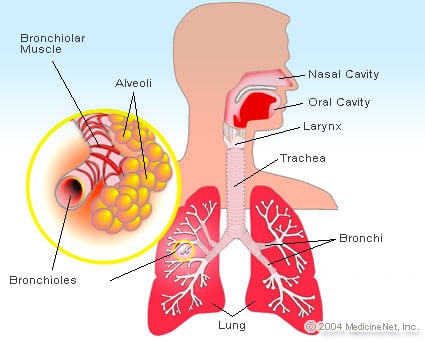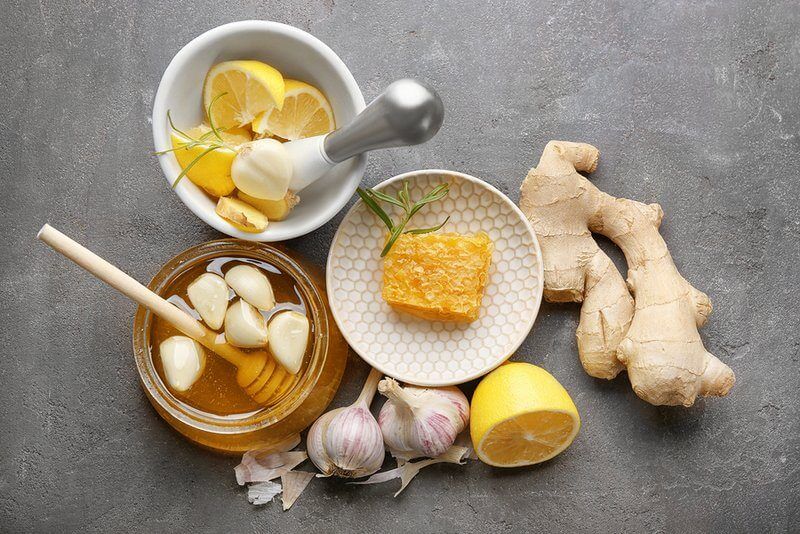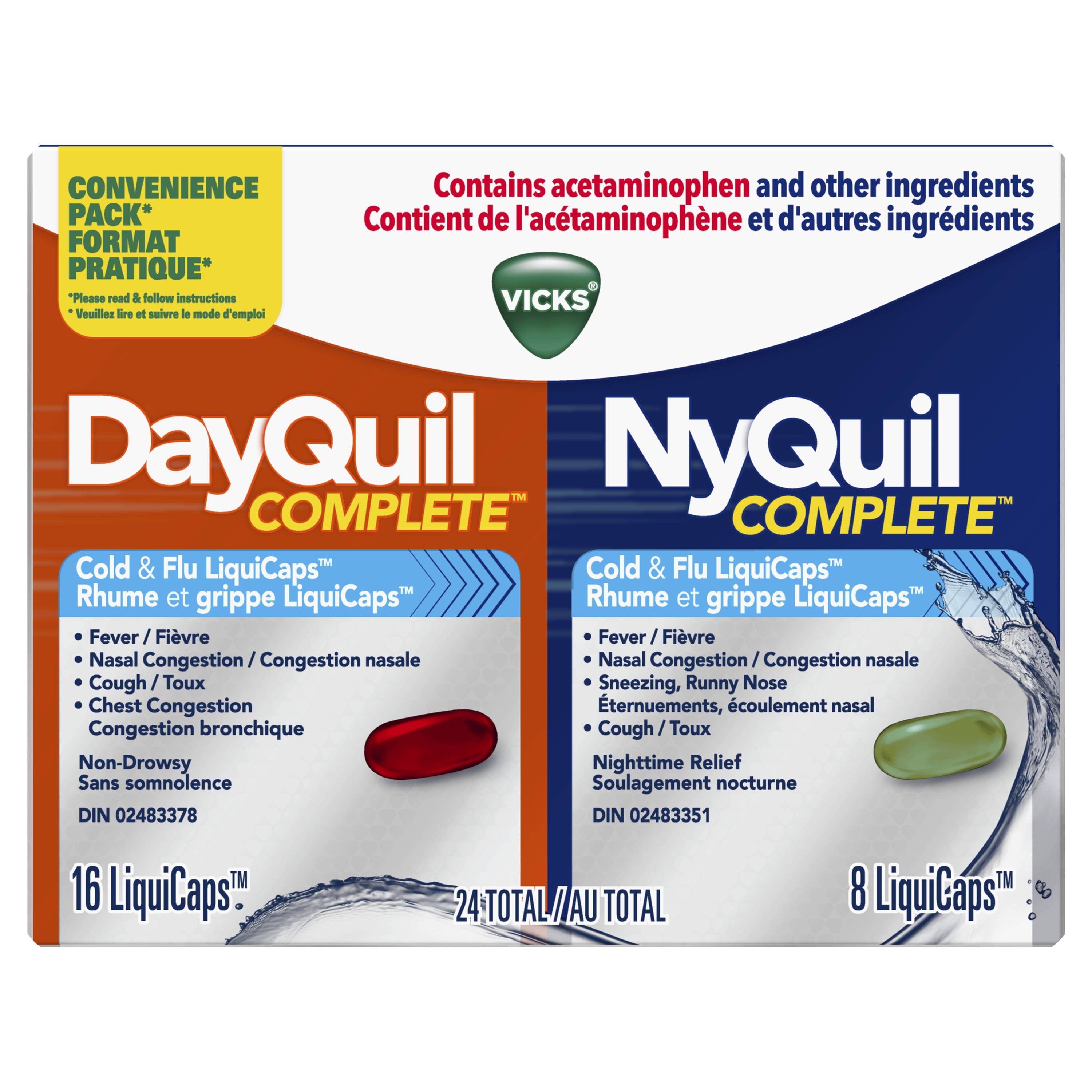
There are many options when it comes to cold and influenza remedies for children. Home remedies for stuffy nose can include gargling with salt water, Nasal saline drops, Vitamin C, and avoiding cigarette smoke. If the symptoms don't go away after three days, a visit to the doctor may be necessary. A child's lifestyle can play a role in triggering symptoms such as a cold or flu.
Home remedies for a stuffy nostril
If you have a child with a stuffy nose, you should consider home remedies for cold and flu for kids. Children under the age of 6 may not be able to take over-the–counter medication for cough. The dryness of their nasal passages could worsen the problem. Encourage your child to drink lots of water to maintain nasal tissue moisture. You can also make 100% fruit popsicles from scratch or purchase them from the supermarket. These are likely to be preferred over water by your child so avoid products with caffeine.
Gargling in salt water
For hundreds of years, salt water gargling has existed. A study of 400 people found that people who gargled with salt water had forty percent fewer upper respiratory tract infections. Gargling with saline draws fluid from inflamed throat tissues, which loosens mucus and flushes out other irritants. The Mayo Clinic recommends that you gargle with salt water for around three seconds.

Nasal saline drops
Children with common cold or respiratory infections may feel congestion in their noses. These congestion can be relieved using nasal sprays and drops. These remedies can be used to help children breathe more easily by reducing swelling and thinning the mucus. These drops are recommended for infants and children by pediatricians because they do not contain medication. Continue reading to find out how to apply these drops on your child's nose.
Vitamin C
Vitamin C has been long touted as a cure for common cold symptoms, but there is not much evidence supporting its use as therapeutic treatment. While a prophylactic dose of vitamin C, as a preventive measure, might be effective in reducing cold symptoms, the benefits for children are not clear. To determine the best dose and time to supplement, more research is required. The effects of prophylactic vitamin C on children are much greater than those seen with therapeutic doses.
Echinacea
Echinacea is a natural remedy for the flu and cold that parents can use to help their children. Coneflower is a perennial flowering plant that has brightly colored flowers around a spiky head. It can be either red or purple. There are different species of Echinacea, and the medicinal properties of each may differ. This herb contains a complex mixture of active compounds, including phenols, which control enzymes and cell receptors.

FAQ
What is the working principle of an antibiotic?
Antibiotics kill harmful bacteria. The treatment of bacterial infections is done with antibiotics. There are many different types of antibiotics. Some can be taken orally while others are injected. Others are topically applied.
People who have been infected with certain germs may need antibiotics. For example, if someone has had chicken pox, he or she might take an oral antibiotic to prevent shingles later on. Or, if someone has had strep throat, he or she might receive an injection of penicillin to help prevent pneumonia.
If antibiotics are to be administered to children, they must be prescribed by a doctor. Children are at greater risk of developing side effects from antibiotics than adults.
Diarrhea, the most common side-effect of antibiotics, is probably diarrhea. Other side effects that could occur include nausea, vomiting and dizziness. These side effects are usually gone once the treatment is complete.
How do I get enough vitamins?
You can get most of the daily nutrients you need through your diet. Supplements are an option if you are low in any vitamin. A multivitamin supplement can provide all the vitamins you require. You can also purchase individual vitamins at your local drugstore.
Talk to your doctor about the best foods for vitamins if you're concerned about not getting enough nutrients. You can find vitamins K and E in dark green leafy vegetable such as spinach, kale and turnip leaves, as well a variety of sweet potatoes and sweet potatoes.
Ask your doctor if there is any doubt about how much vitamin you should be taking. He or she will recommend the appropriate dosage based on your medical history and current health status.
What's the problem in BMI?
BMI stands for Body Mass Index. This is a measure of body fat that is calculated based on height or weight. The following formula can be used to calculate BMI.
Weight in kilograms divided by height in meters squared.
The result is expressed in a number between 0 - 25. A score of 18.5 or higher indicates overweight, while a score of 23 or higher indicates obesity.
A person who weighs 100 kilograms and is 1.75m tall will have an BMI of 22.
Which are the top 10 foods you should eat?
These are the top 10 foods to eat.
-
Avocados
-
Berries
-
Broccoli
-
Cauliflower
-
Eggs
-
Fish
-
Grains
-
Nuts
-
Oats
-
Salmon
What is the difference in a virus and bacteria?
A virus is a microscopic organism that cannot reproduce outside its host cell. A bacterium is a single-celled organism that reproduces by splitting itself in two. Viruses measure only 20 nanometers in diameter, but bacteria is up to 1 millimeter in size.
Viruses are often spread through contact of infected bodily fluids like saliva, urine or semen. Bacteria are often spread via direct contact with contaminated surfaces or objects.
Viruses can get into our bodies through cuts and scrapes on the skin, bites, and other injuries. They can also penetrate the skin through the eyes, nose or mouth.
Bacteria can be introduced to our bodies by cuts, scrapes or burns. They can also get into our bodies via food, water or soil.
Both bacteria and viruses can cause illness. Viruses cannot multiply in their host cells. So they only cause illnesses when they infect living cells.
Bacteria can multiply within their hosts and cause illness. They can also invade other parts of your body. To kill them, we must use antibiotics.
What are the 7 best tips to lead a healthy, happy life?
-
Make sure you eat right
-
Exercise regularly
-
Sleep well
-
Get plenty of water.
-
Get enough rest
-
Be happy
-
Smile often
How do you measure body fat?
The best way to measure body fat is with a Body Fat Analyzer. These devices can be used to measure body fat percentages in people who are trying to lose weight.
Statistics
- According to the Physical Activity Guidelines for Americans, we should strive for at least 150 minutes of moderate intensity activity each week (54Trusted Source Smoking, harmful use of drugs, and alcohol abuse can all seriously negatively affect your health. (healthline.com)
- This article received 11 testimonials and 86% of readers who voted found it helpful, earning it our reader-approved status. (wikihow.com)
- WHO recommends consuming less than 5% of total energy intake for additional health benefits. (who.int)
- In both adults and children, the intake of free sugars should be reduced to less than 10% of total energy intake. (who.int)
External Links
How To
How to stay motivated and stick to healthy eating habits and exercise
Here are some motivational tips to stay healthy
Motivational Tips to Stay Healthy
-
List your goals
-
Set realistic goals
-
Be consistent
-
Reward yourself when your goal is achieved
-
Even if you make a mistake, don't quit!
-
Have fun